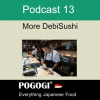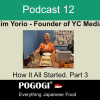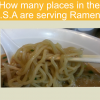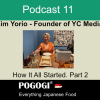What To Know About Japanese Tofu

Ever since the vegan lifestyle blew up, tofu has become a mainstay in a lot of “meat alternative” dishes. However, the kind of tofu you get in Japan is very different from tofu that you get in other countries. And eating tofu is easier than buying it, so if you’re looking to buy authentic and delicious Japanese tofu, here’s a short guide to help you out.
What is Tofu?
In Japan, tofu is an affordable and popular source of protein and an essential part of the daily diet. But even in Japan tofu is mostly consumed as Shojin Ryori in vegetarian Buddhist temples. Tofu has a very simple taste and this is why you can use it to make both savory and sweet dishes. To make tofu, you need curdled soy milk which is hardened and pressed into blocks. In a sense, making tofu follows a similar process to making cheese.
How is Tofu Made?
The process of making tofu starts by drying the soya beans and soaking them in water. This helps drain the milk out. Afterward, a solidifying agent is used to curdle the milk into cream, in a process similar to how Europeans make cheese.
Once the milk is coagulated, they press the curd and cut it into blocks. Lastly, the tofu is rinsed with cold water to firm it up before it’s packed and delivered to different distribution points.
Different Types of Tofu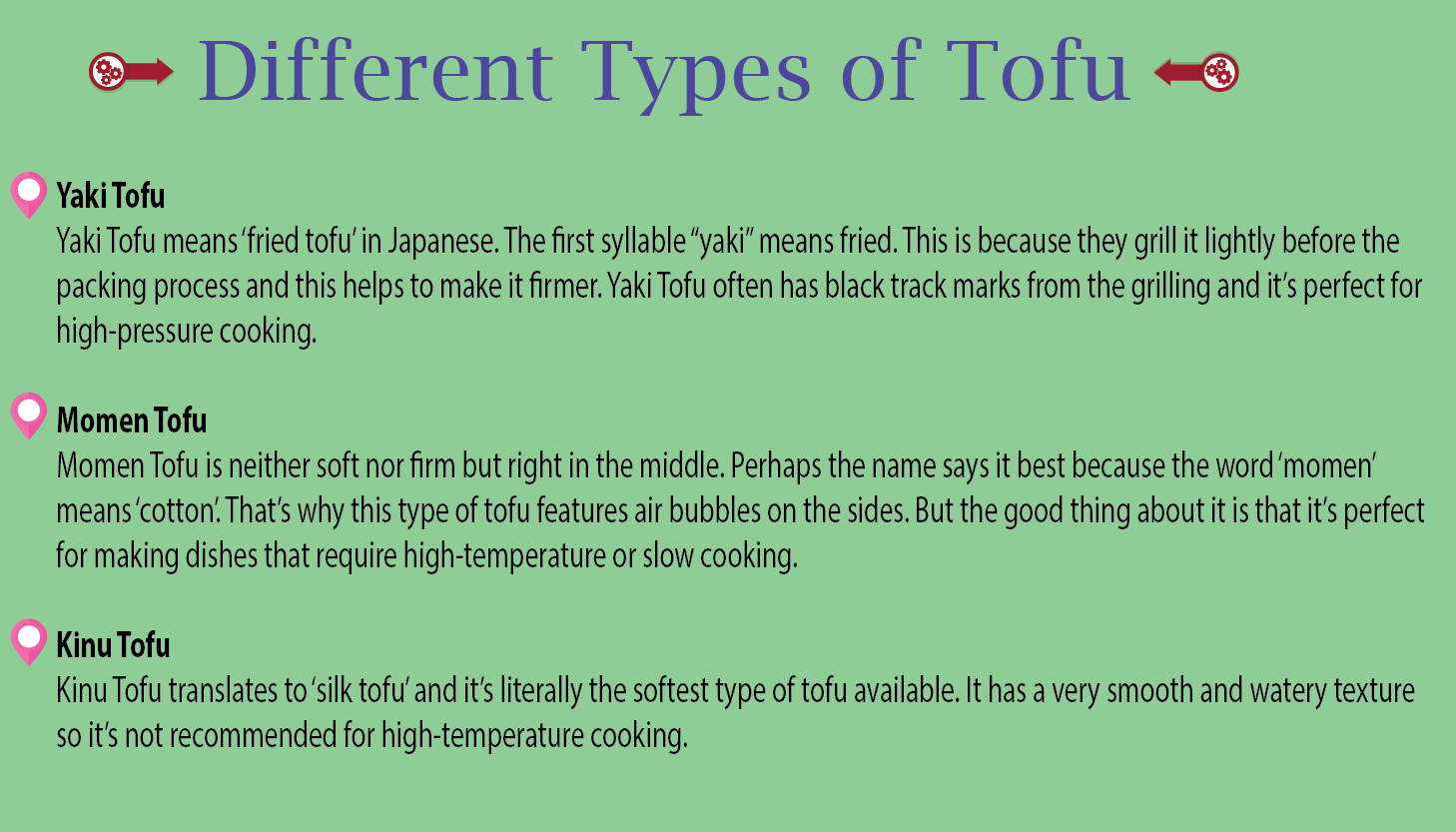
There are various types of tofu that differ according to the hardness of the texture. Some kinds are pre-cooked as well, which makes them easier to prepare.
Here are the different types of tofu that you have to choose from:
Yaki Tofu
Yaki Tofu means ‘fried tofu’ in Japanese. The first syllable “yaki” means fried. This is because they grill it lightly before the packing process and this helps to make it firmer. Yaki Tofu often has black track marks from the grilling and it’s perfect for high-pressure cooking.
Momen Tofu
Momen Tofu is neither soft nor firm but right in the middle. Perhaps the name says it best because the word ‘momen’ means ‘cotton’. That’s why this type of tofu features air bubbles on the sides. But the good thing about it is that it’s perfect for making dishes that require high-temperature or slow cooking.
Kinu Tofu
Kinu Tofu translates to ‘silk tofu’ and it’s literally the softest type of tofu available. It has a very smooth and watery texture so it’s not recommended for high-temperature cooking.
Japanese Tofu vs. Chinese Tofu
Chinese tofu is distinct from Japanese tofu in that it has an extra-firm texture because it has less water in it. This is why it’s so beneficial to use in “meaty” vegetarian dishes. In fact, Chinese tofu is dryer and less fussy to cook with.
Meanwhile, Japanese tofu is softer and more demanding of your time and attention while cooking with it. But the great thing is that it’s not dry so it’s delicious even when eaten on its own, especially silken tofu. You can easily find both types of tofu in supermarkets and health food stores in the West.


